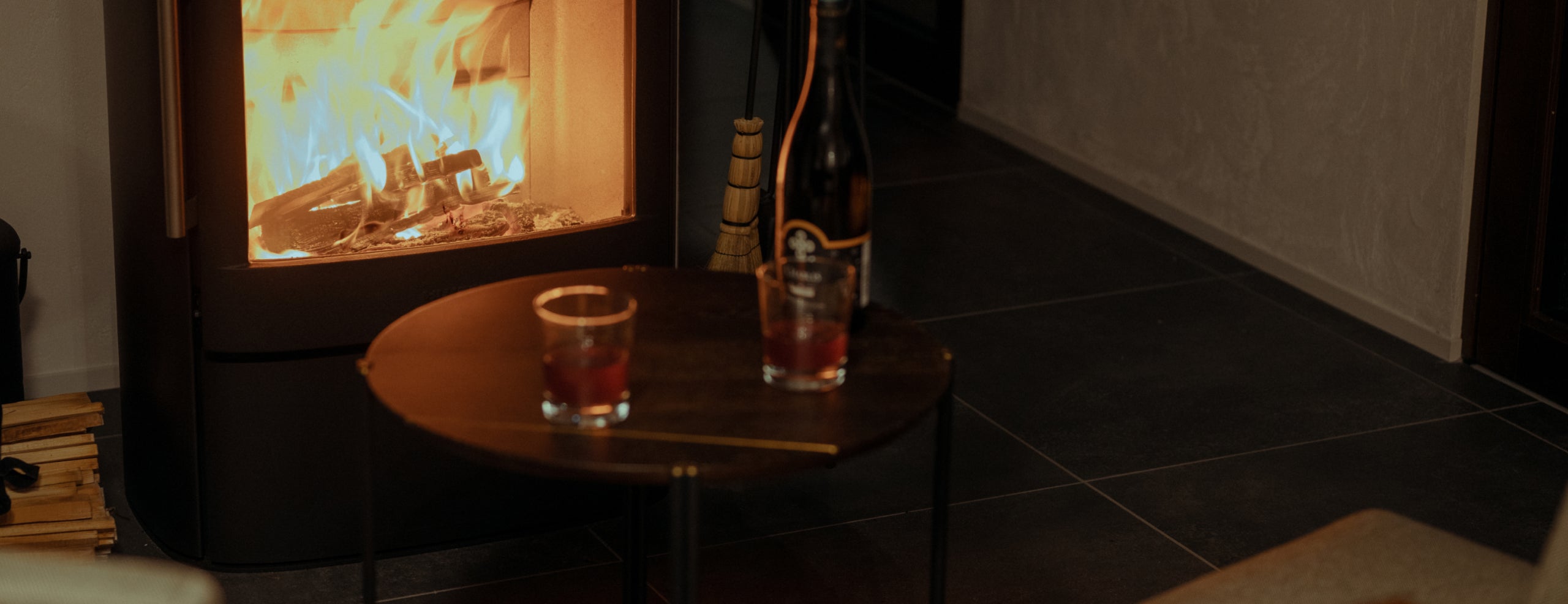
EVENT / NEWSイベント/ニュース
Airtightness and insulation are essential when building a house | Comfortable villa design in Karuizawa
The story of "airtightness and insulation" that you absolutely must know when building a house
When building a house, we tend to focus on the layout and design, but in fact, "airtightness" and "insulation" are also essential points for a comfortable life.
Especially in an environment with large temperature differences between the four seasons, such as a villa in Karuizawa, temperature control in the home is directly linked to comfort and health.
So why are it's House homes so comfortable?
In fact, when we build our homes, we are extremely particular about airtightness and insulation. In this article, we will explain the reasons and secrets behind this !
"Foundation insulation method" keeps the temperature under the floor and inside the room the same
"Foundation insulation" is a method of insulation that treats the space under the floor as part of the interior, and is a construction method in which insulation material is applied to the outside of the foundation. Since the insulation material covers the foundation from the start, there are no ventilation holes and outside air does not flow under the floor. This prevents cold air from being transmitted to the concrete foundation compared to general "floor insulation" (construction method in which insulation material is laid under the floor), and at the same time, thanks to the ground temperature (earth temperature) which remains roughly the same temperature throughout the year, the space under the floor is at the same temperature as the interior. Since it is not affected by outside air, it also reduces the burden on heating and cooling.
Enveloping the house from the foundation up
By combining "foundation insulation," "original panels," and triple-glazed wooden sashes with high airtightness and insulation, we have achieved world-class insulation performance. The "UA value/exterior average heat transfer coefficient," which indicates insulation performance (a value calculated by dividing the amount of heat escaping from the interior of the house to the outside through the floor, walls, foundation, openings, etc. by the exterior (i.e., the perimeter of the house). The lower the UA value, the less heat escapes, and the better the insulation performance), achieved a UA value of 0.24 (*2), which is even lower than the Hokkaido standard of 0.46. This value corresponds to the extremely high G2 grade set by "HEAT20" (a committee for the development of high-insulation housing technologies with an eye toward 2020), and meets global standards.
*2 Values for it's House L-01 product, 100mm panels inside and outside.
"Original panels" insulate from inside and outside to prevent heat from escaping
"Original Panels," which are structural panels covered on both sides with insulating boards, are used for the building's load-bearing walls and roofs. This allows for double insulation, both inside and outside, resulting in excellent airtightness and thermal insulation. Conventional "filled insulation," in which insulation is fitted between structural materials such as pillars and walls, can create gaps between them. Condensation can form in these gaps, potentially causing the wooden structure to rot. On the other hand, "Original Panels," which insulate from the outside of structural materials, prevent outside heat from being transferred to pillars and beams, improving their insulating effectiveness. Integrating the exterior walls and insulation prevents uneven construction and ensures airtightness. Furthermore, factory-produced panels ensure consistent quality.

What are the benefits of improving thermal performance?
In homes with poor airtightness and insulation, the temperature difference between the top of the house near the ceiling and the bottom near the floor can be large, significantly reducing heating and cooling efficiency. On the other hand, highly airtight and insulated homes, which are less susceptible to outside air and allow indoor air to escape, can maintain a uniform temperature throughout the home. Improving thermal performance also has the benefit of lowering thermal conductivity. When outside heat or cold is transmitted indoors through structural materials, heating and cooling efficiency suffers and utility bills increase. Sudden temperature changes can cause condensation, leading to the growth of mold and dust mites, which can potentially harm health and structural integrity. In 2018, the World Health Organization (WHO) strongly recommended an indoor temperature of 18°C or higher to protect against cold-related health risks in its "Guidelines for Housing and Health." Research has shown that "living in a home that is 1°C warmer in winter can make your brain and nervous system two years younger," and a warm living environment is said to reduce the risk of hypertension, arteriosclerosis, cardiovascular disease, and even winter heat shock.
When building a villa in Karuizawa, the key to achieving both comfort and health is to build a house that is airtight and well-insulated .
At it's House, we value not only design but also creating a home that you can live in comfortably for a long time.

